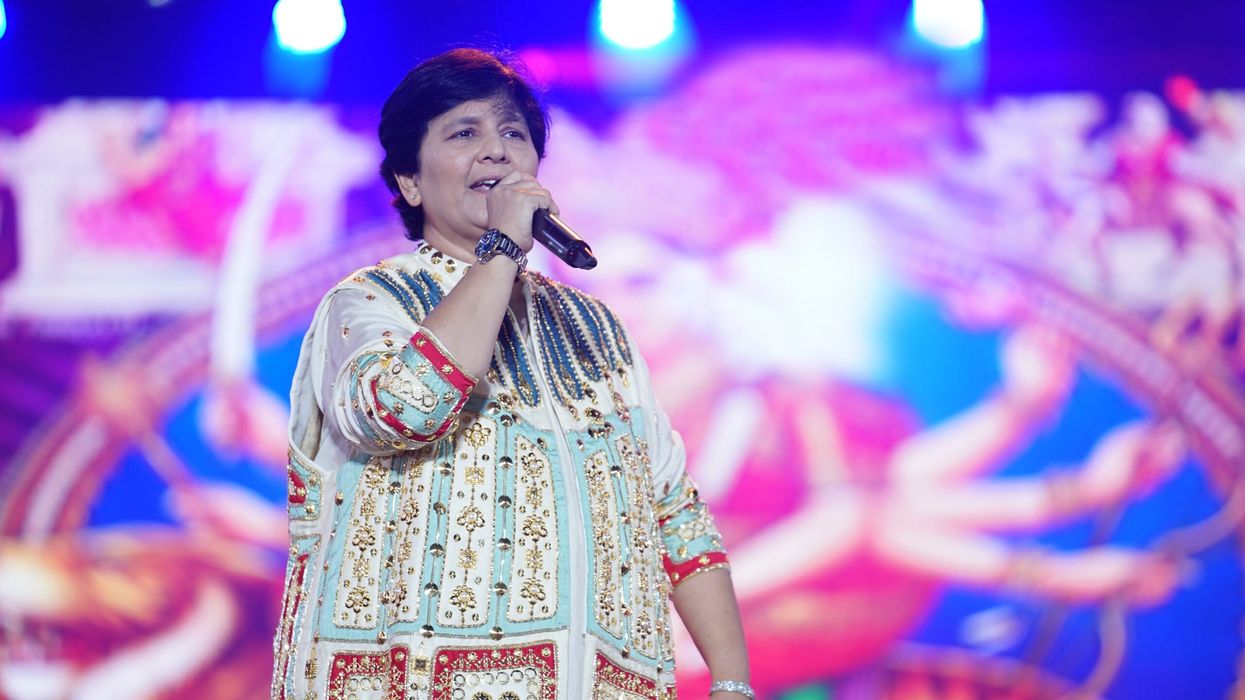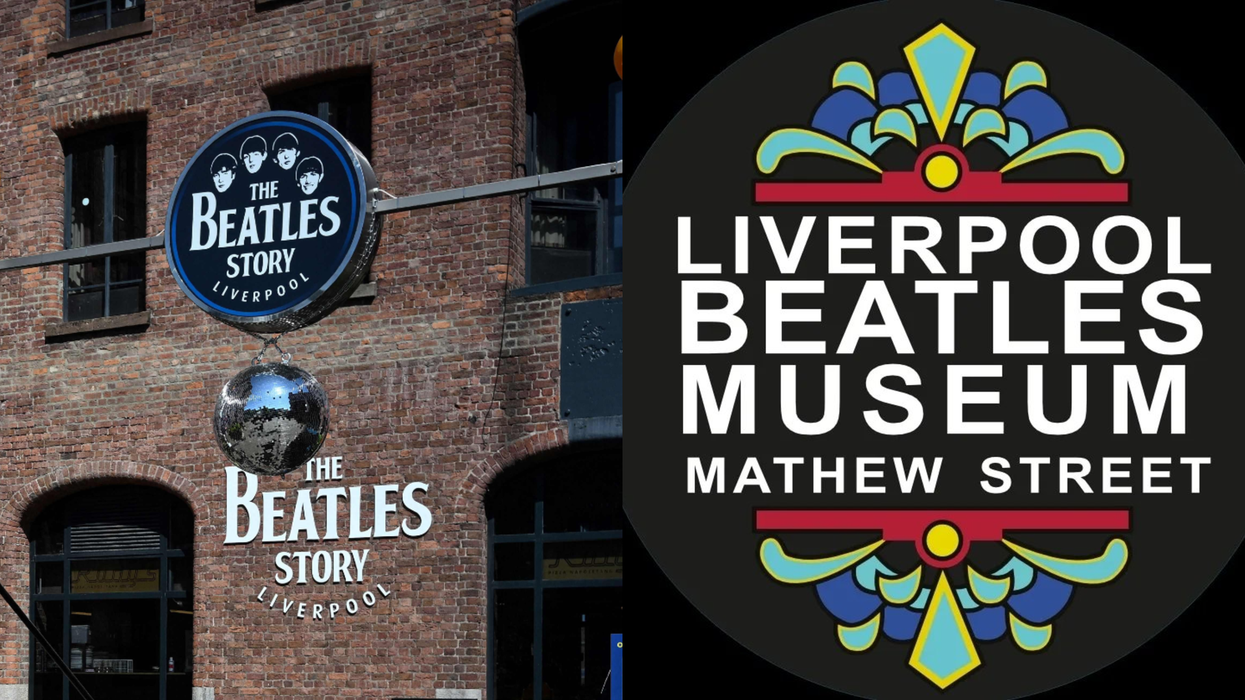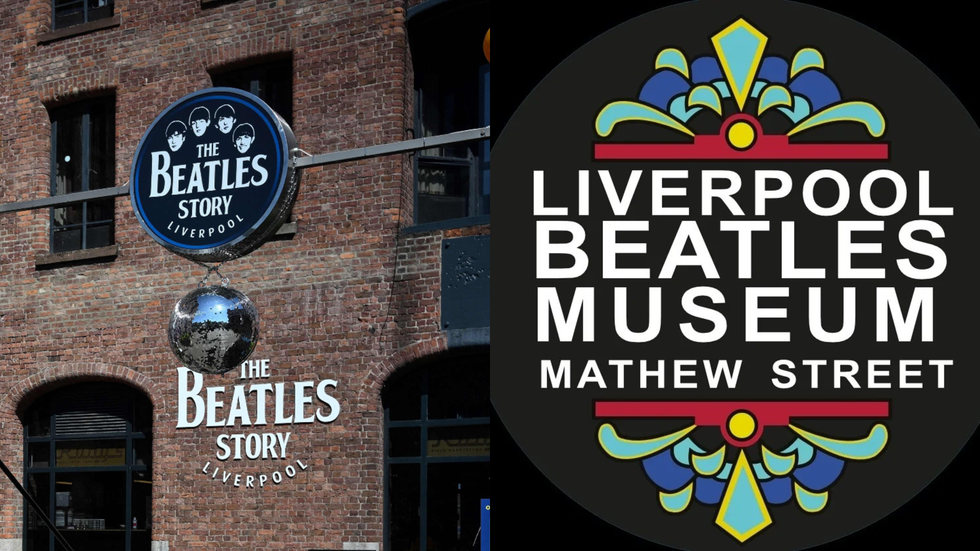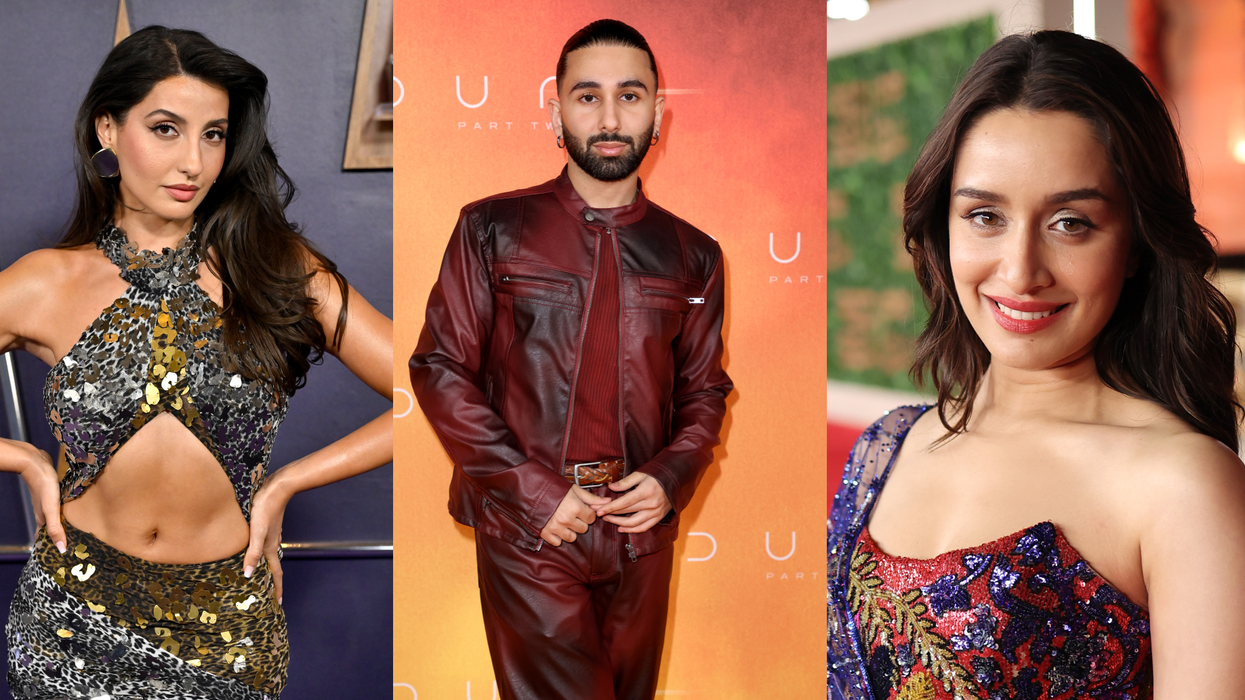Navaratri festivities will kick off in the next few weeks in spec-tacular fashion with concerts headlined by Falguni Pathak, the undisputed queen of dandiya.
Fans will be delighted with the singer’s UK tour, with hotly anticipated September shows in London (21) and Leicester (22), which will blend garba, Bollywood and her greatest pop songs. The voice behind timeless hits such as Maine Payal Hai Chhankai, Yaad Piya Ki Aane Lagi and Meri Chunar Udd Udd Jaye will bring her signature energy and festive spirit for UK audiences.
Pathak is famous as one of India’s finest live performers, who has been entertaining audiences since she was nine years old.
The singer spoke exclusively to Eastern Eye about her music career, enduring appeal and the joy of performing live for worldwide audiences. She also revealed what to expect from her UK shows and had advice for aspiring artists.
How do you reflect on your remarkable journey?
This journey started when I was a four-year-old, listening to music at home and singing in school, including in competitions. Then, at the age of nine, I started doing professional music shows. At the time, I used to sing film music. After some years, garba happened; then came the pop albums. I have been very lucky and can say that I am blessed to have been given an opportunity to sing such a great variety of songs. I am very happy and content. I thank god every second for all this.
How have you maintained such a high standard for so long?
Actually, I don’t even realise how all these years have gone by so quickly. Time has flown by. With god’s grace I have been able to work with such a wonderful team that is so very supportive. I never thought about joining the rat race or whatever is trending. This hasn’t even crossed my mind – that I must do what is currently trending. Whatever opportunity I got, I tried to do my very best.
The standard has always been stunningly high, especially on the live circuit…
I try to improve every step of the way. It has now been 29 years with my garba group. Every year we look at our own shows and think, ‘how can we improve?’
Every year we have the same process – how can we be better?
And I’ve been fortunate to have such a lovely audience who motivate me further. It’s god’s grace that I been blessed with the opportunity to do this. I never take that for granted.
Pathak performing for a huge crowdHow much does live performance keep you motivated?
I started with live performances. This journey began at the age of nine, when I didn’t really know anything. So it was that response from the audience, seeing the joy in their eyes, the love they have, and their smiles. That motivates me to do better every year, and it has been constant since the beginning, when I first took to the stage.
What has it been like performing on stage all over the world?
It feels great that a global audience loves my music. I started to feel that love worldwide after my first album, Yaad Piya Ki Aane Lagi, was released; it was an international hit. After that, people on the garba scene started to get to know me. It feels really great to perform all over the world and people love my music.
How much are you looking forward to returning to the UK?
I have so many great memories connected to shows in the UK, including in London. I remember especially performing the big garba shows in Wembley. Those memories are still fresh in my mind. I remember people enjoying those shows so much. It was such a fantastic response. After that we have been waiting to do a big show in London… and now it’s happening. It is such a great feeling to return to the UK, and we are all excited.
What can we expect from the UK shows?
There will be a great variety of songs, which will include the much-loved garba classics and popular songs from my albums. There will also be some popular Bollywood music, so it will be a great mix of songs and genres.
Which songs do you enjoy performing the most?
Actually, I think all the songs are very close to my heart. I enjoy performing all of them, equally.
Do you ever get nervous before going on stage?
(Laughs) Yes, despite having performed all these years, all over the world, I do still get that nervousness before going on stage. I get those butterflies in my stomach, and that slight tension. I start thinking of the audience and what the response will be like and if they will enjoy my performance. I think, what will happen? I hope everything goes well. And I pray to god. All this does happen before each show.
What is the secret of generating so much energy on stage?
First, singing and music are my biggest passions. That passion gets inside my heart and being. It spreads throughout me. Also while performing garba, you are singing for a higher power, which generates more energy inside you. We are celebrating Navratri, which is also joyous. Plus, you get that great response from the audience, which gives you added energy. Seeing people dance and enjoy my music really does increase those energy levels for me.
What inspires you?
The biggest inspiration is my audience. I have been performing for them for decades now and the unconditional love they give me always inspires me. They motivate me to perform even better every single time.
You are a great music icon. What advice do you have for young artists starting out on their journeys?
Keep working really hard. This profession demands a lot of hard work. Also, be passionate about your craft. It is really important to have that passions for whatever you want to do. Believe in yourself, believe in god, pray hard and work hard. Don’t compare yourself to others or feel like you have to do what they did. Have self-belief and concentrate on your own journey.
Falguni PathakYou have achieved a lot, but do you have any unfulfilled ambitions?
The higher powers have given me everything. I have also been blessed to have been given things that I have not even asked for. But the best thing is that my passion has become my work. What more can one ask for? So, I thank god for whatever he has given me. Jai Shri Ram.
Falguni Pathak at OVO Arena, Arena Square, Engineers Way, London HA9 0AA, next Friday, 20 (www.ovoarena. co.uk); and Mattioli Arena, 12 Memory Lane, Leicester LE1 3UL next Saturday, 21 (www. Leicester arena. Co.uk)






 Liverpool Beatles Museum honours city’s overlooked heroes Getty Images/ Instagram/liverpoolbeatlesmuseum
Liverpool Beatles Museum honours city’s overlooked heroes Getty Images/ Instagram/liverpoolbeatlesmuseum 






